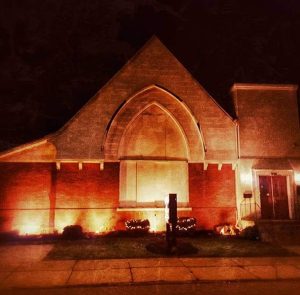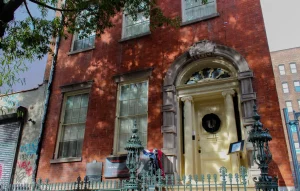
Kings Park Psychiatric Center, located in Kings Park, New York, was a psychiatric hospital that operated from 1885 to 1996. The hospital was originally established as the Kings County Farm for the Insane, but was renamed in 1895 to better reflect its location on Long Island. Over the years, the hospital grew in size and scope, eventually becoming one of the largest psychiatric institutions in the United States. Today, the abandoned hospital buildings are a popular destination for urban explorers and ghost hunters.
The hospital’s early years were marked by controversy and overcrowding. Patients were often housed in overcrowded wards, and conditions were generally poor. The hospital was also the site of several notable experiments and treatments, including the use of insulin shock therapy and electroconvulsive therapy (ECT). These treatments were controversial and often resulted in severe side effects.
Despite these issues, the hospital continued to operate and expand over the years. In the 1950s and 1960s, the hospital underwent a major expansion, with the construction of several new buildings and the implementation of new treatment methods. The hospital’s patient population peaked in the 1960s, with over 9,000 patients.
In the 1970s, however, the hospital began to decline. Advances in psychiatric treatment and changes in societal attitudes towards mental illness led to a shift away from institutionalization and towards community-based care. The hospital’s patient population began to decline, and many of the hospital’s buildings were left empty and unused.
In 1996, the hospital was officially closed, and most of the remaining patients were transferred to other facilities. Today, the hospital’s abandoned buildings are a popular destination for urban explorers and ghost hunters. The hospital is known for its eerie atmosphere and reported paranormal activity, including ghostly apparitions, unexplained sounds, and strange occurrences.
Despite its controversial history, the Kings Park Psychiatric Center remains an important part of Long Island’s history. The hospital’s legacy is a reminder of the importance of continued research and treatment of mental illness, and the need for compassion and understanding towards those who suffer from it. While the hospital’s abandoned buildings may be creepy and haunting, they also serve as a reminder of the hospital’s impact on the community and the lives of those who were treated there.



